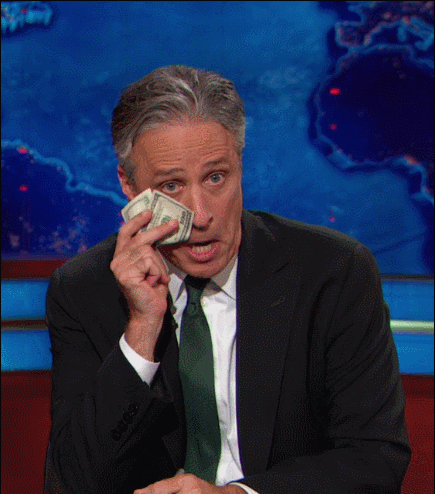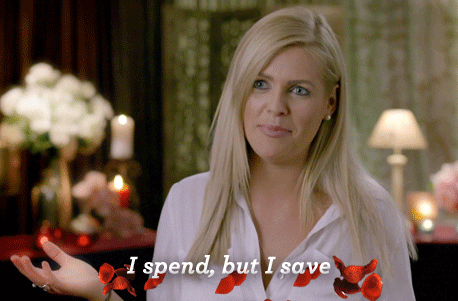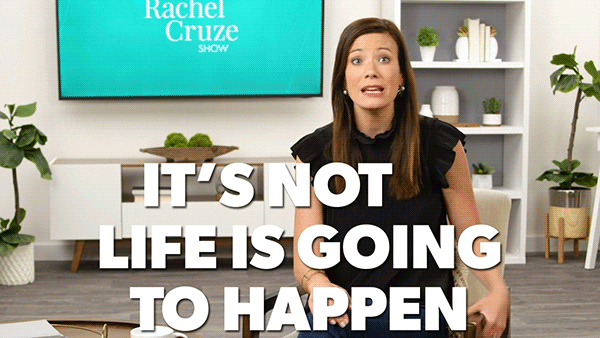
So you opened your first checking and savings accounts. What next?
Each type of account has its pros and cons.
What's the best way to use each account so you can have a sustainable financial future?
Checking Vs Savings
 Checking Account
Checking Account
used for everyday spending
0.04% average interest rate
linked to your debit card
no limit on withdrawals
 Savings Account
Savings Account
saving up for the future
0.5% average interest rate
can be used for overdraft protection
6 monthly withdrawals
Checking Accounts
 Pros
Pros
Easy access to cash balance (cash back at grocery stores or ATMs)
Access to a debit card for cashless purchases
 Cons
Cons
Lower interest rate than savings accounts
Did you know?
Rumie is a nonprofit community dedicated to making innovative learning free for everyone.
Savings Accounts
Saving money will help you achieve your financial goals!
There are two types of accounts for that:
Traditional Savings
Pros: Works well in tandem with checking
Cons: Lower returns on your money, can't be used for spending
High-Yield Savings and Money Market Accounts
Pros: Better returns on your money
Cons: Need to maintain a higher balance, can't access money at ATM
How To Best Use These Accounts
Checking
Pay bills
Smaller purchases
Quick cash
Keep a lower balance (enough to cover monthly expenses)
Keep track of your monthly spending
Savings
Big purchases (down payment for a car, education, etc.)
Emergency funds & medical expenses (save enough cash to cover 3 months worth of expenses)
Backup to checking in case of overdraft
Take Action

Finding the right balance between spending and saving isn't easy but you can make the best of it by using your accounts responsibly.
This Byte has been authored by
Derek Reed
PwC DAT
Dylan Brodeur
PwC Associate
Brianna Mazzoni
Digital Assurance & Transparency Associate
Nelson Zacur
PwC Experienced Associate


